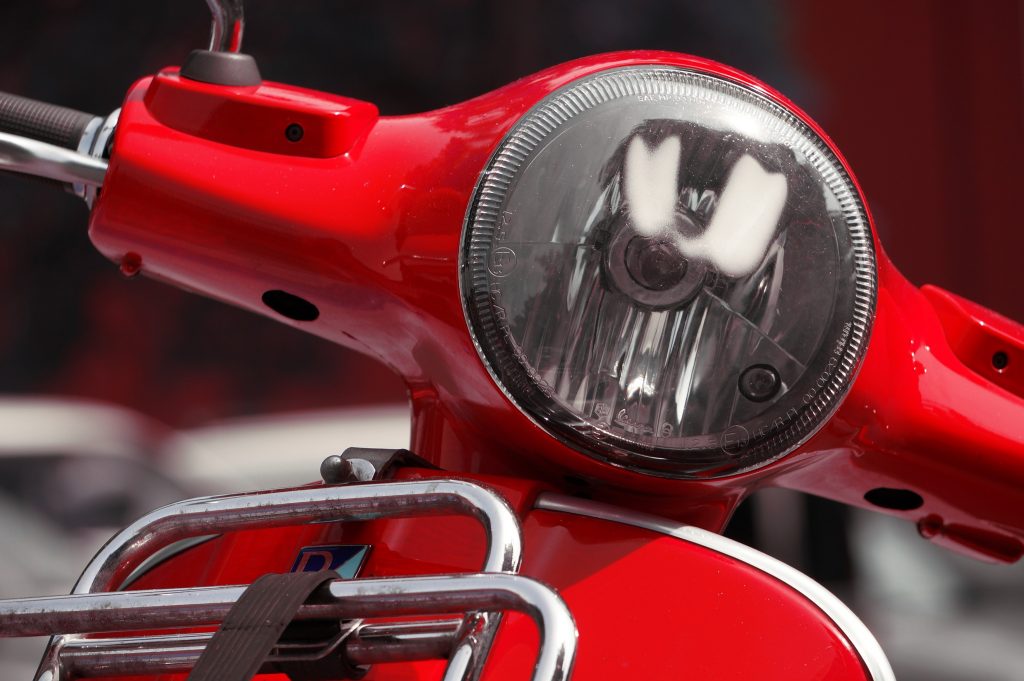Don't miss our holiday offer - 20% OFF!

Read also : Early Detection of Volcanic Threats with IoT Sensors
Electric motors have become a vital component in many industries. From manufacturing plants to electric vehicles, electric motors power various aspects of modern life. Therefore, it’s crucial to maintain the optimal performance of electric motors. One of the best ways to achieve this is by understanding the role of temperature sensors in the Internet of Things (IoT) and how their use can help us detect motor issues early on.
Contents
Temperature Sensors: Why Are They Important?

Read also : Security and Privacy in Connected Parking Systems: Challenges and Solutions
Temperature sensors are small devices that detect temperature changes and convert them into electrical signals that can be read by computer systems or microcontrollers. In the context of IoT, temperature sensors are often used to monitor the ambient temperature around electric motors. But why is this so important?
Motor Condition Monitoring
Monitoring the temperature of electric motors is key to maintaining motor health. When a motor operates at excessively high temperatures, it can lead to problems such as overheating, component wear, and even permanent damage. Temperature sensors can alert us when the motor’s temperature exceeds safe thresholds, allowing timely maintenance or corrective actions.
Early Issue Detection
By utilizing temperature sensors, we can detect motor issues at an early stage. For example, if the motor’s temperature rises sharply in a short period, it could indicate problems with the cooling system or lubrication. Knowing about these issues sooner allows us to take appropriate preventive actions before further damage occurs.
Implementing Temperature Sensors in IoT

Read also : Security and Preparedness Enhanced by Smart EWS Technology
Integrating temperature sensors into an IoT system for electric motors is not complicated. Here are the general steps to integrate temperature sensors:
Choose the Right Temperature Sensor
First, select a temperature sensor that suits your needs. Temperature sensors are available in various types, such as thermocouples, thermistors, and digital temperature sensors. Make sure to choose one that fits your electric motor application.
Connect the Sensor to a Microcontroller
Connect the temperature sensor to a microcontroller or an IoT module like Arduino, Raspberry Pi, or dedicated IoT modules. Follow the installation instructions provided by the sensor manufacturer.
Program Data Retrieval
Create a program or script that reads data from the temperature sensor periodically. You can set up the system to send temperature data to an IoT platform or server via an internet connection.
Data Analysis
At this stage, you can take actions based on the data received. For instance, you can set up alerts if the motor’s temperature exceeds predefined thresholds.
Maintenance Actions
Finally, if you receive alerts or the data indicates a problem, take appropriate corrective actions, such as checking the cooling system, replacing lubricants, or shutting down the motor if necessary.
Conclusion

Read also : Revealing Electric Motor Conditions with IoT Vibration Sensors
Temperature sensors in IoT are highly valuable tools for monitoring and maintaining electric motors in optimal condition. By understanding the role of these sensors and implementing them correctly, we can identify motor issues early and prevent more serious damage. Thus, we can enhance operational efficiency and the lifespan of electric motors, which is a critical step in maintaining industrial productivity and the reliability of electric vehicles.





